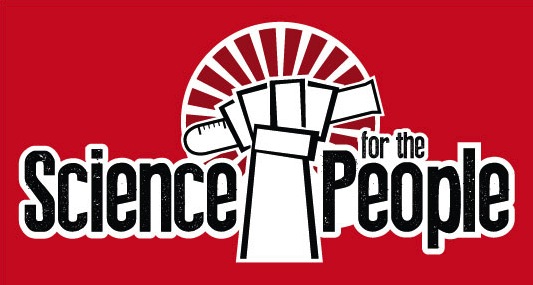
Scientists, journalists and policy-makers gathered in Washington, DC this week for the International Summit on Human Gene Editing at the National Academies of Science. The meeting, which NAS co-hosted with the Chinese Academy of Sciences and the U.K.’s Royal Society, was billed as a global discussion of “the scientific, ethical, and governance issues associated with human gene-editing research.” In particular, the summit focused on the implications of the emergence of CRISPR, a new gene-editing technique which is cheaper, more versatile and more precise than any currently in use.
This topic is a little complex for cats, so we’ll let the experts help out. Ed Yong, in The Atlantic, outlines the basics of the technique and what scientists are working on to make it even better, while Tina Saey writes in Science News about the significant safety and ethical issues and the guidelines in place for further development.
While scientists work on the fancy new stuff, cats will continue to use their traditional techniques for editing your jeans – shedding, clawing and nomming.


